Bhola, Apr 11 (V7N) – Despite a government-imposed ban on Hilsa fishing to protect spawning stocks, many fishermen in Bhola are openly defying the restriction ahead of Pohela Baishakh, pushing the prized fish to market at prices multiple times higher than normal.
Hilsa, long cherished as part of the Bengali New Year’s traditional meal alongside panta rice, has once again sparked debate. This year, the Department of Fisheries has declared key stretches of the Meghna and Tentulia rivers as a sanctuary, enforcing a strict two-month fishing ban from March 1 to April 30 in a 190-kilometer zone to conserve Hilsa stocks
On the ground, however, scenes tell a different story. Fishing boats continue to crowd ghats, with fishermen openly selling their catches directly from the boats, calling out to traders and wholesalers.
Bhola, Bangladesh’s largest island district, contributes roughly 33% of the national Hilsa supply, making it a crucial hub during Boishakh celebrations. The traditional pairing of panta rice and Hilsa has boosted demand, encouraging some to violate the ban in search of higher profits.
As a result of limited supply and heightened demand, Hilsa prices have surged sharply:
-
Premium-sized Hilsa (4 per hali): Tk 9,000–10,000, compared to the usual Tk 4,000–5,000
-
Mid-sized Hilsa (700–800 grams): Tk 6,000–7,500 per hali
Local fishermen say they are driven by economic hardship, with one commenting, “We’re not fishing for profit, we’re fishing to feed our families.”
District Fisheries Officer Biswajit Kumar Deb reiterated the government’s position during an interview:
“We do not want to encourage Hilsa on Pahela Baishakh. Hilsa has nothing to do with it. We will eat something else, not panta hilsa. This cannot be a tradition.”
He stressed that the ban is non-negotiable, even during cultural festivals.
“There is no scope for any relaxation due to Pohela Baishakh. If anyone tries to catch fish in violation of the ban, strict action will be taken.”
The ban applies to:
-
100 km of the Tentulia River: From Bheduria in Bhola to Char Rustam in Patuakhali
-
90 km of the Meghna River: From Ilisha to Char Piyal in Monpura Upazila
The move is part of the government’s broader strategy to sustain Hilsa populations by protecting breeding and juvenile development seasons.
While the debate over Hilsa as a cultural staple continues, officials remain steadfast in prioritizing long-term sustainability over short-term traditions. With enforcement on alert and prices on the rise, this year’s Bengali New Year highlights the tension between heritage and conservation.
END/MSS/AJ



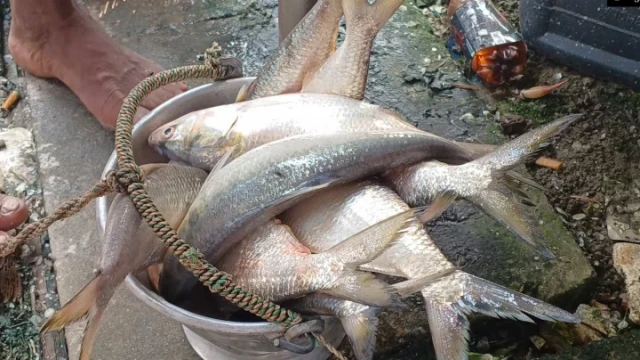
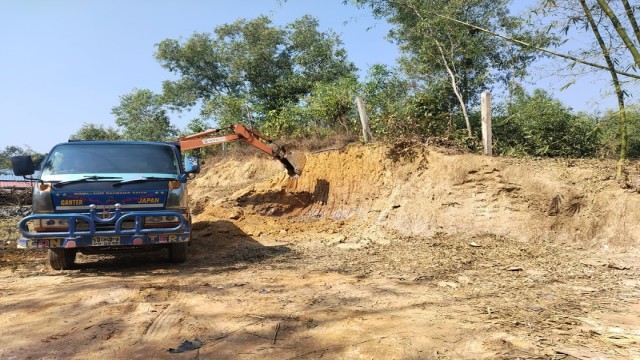
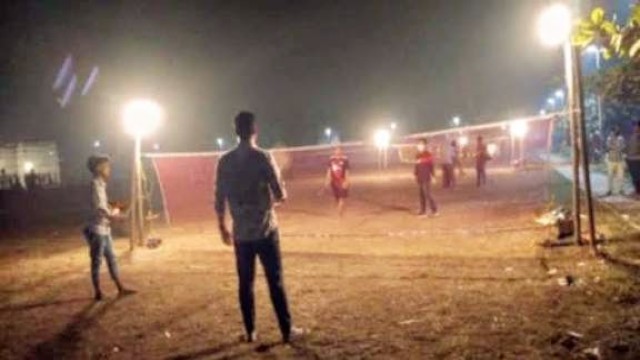

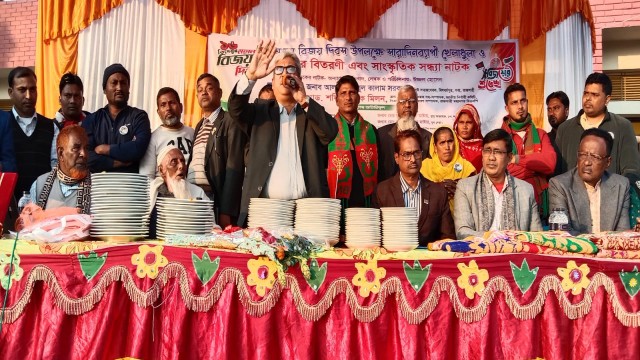
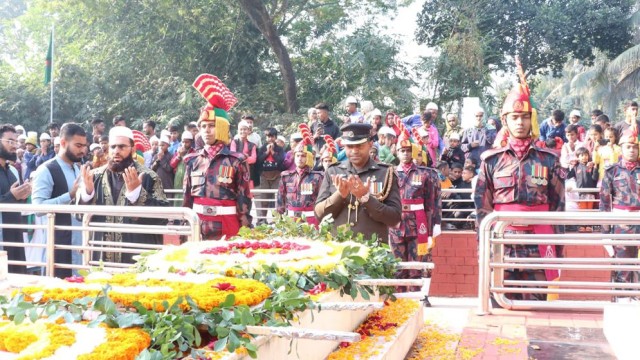
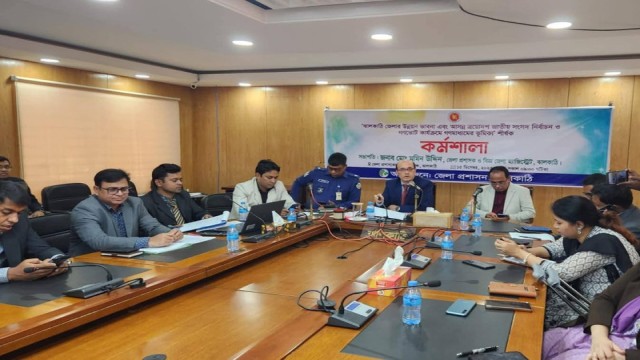


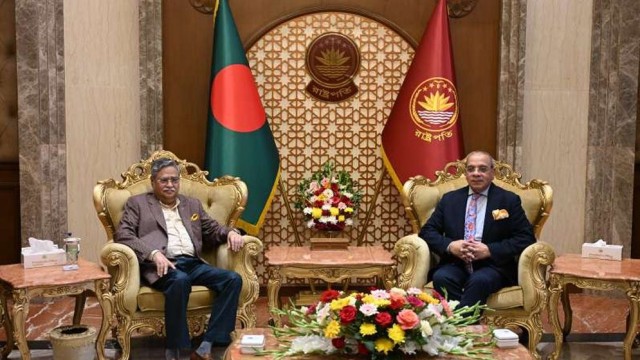

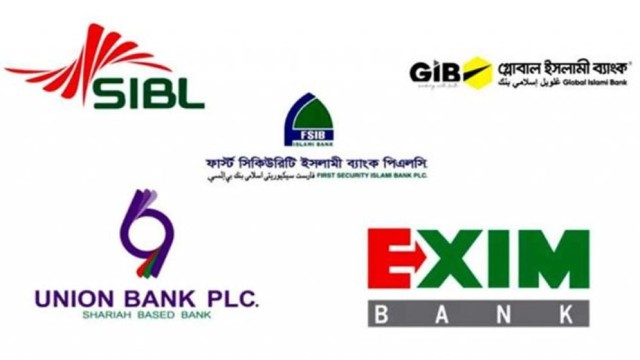

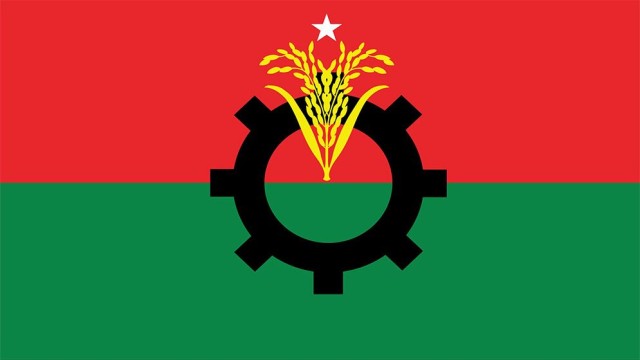





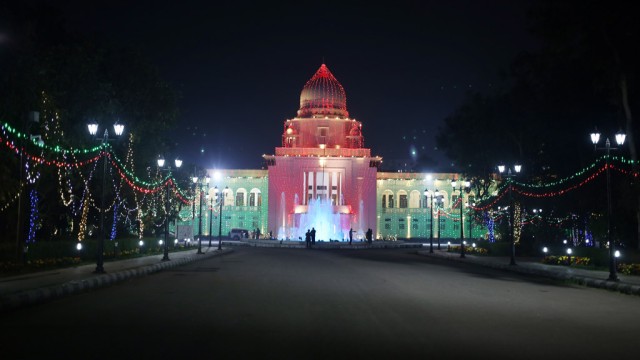








Comment: